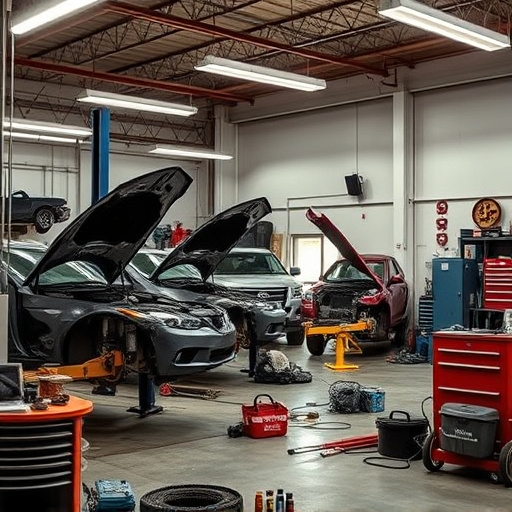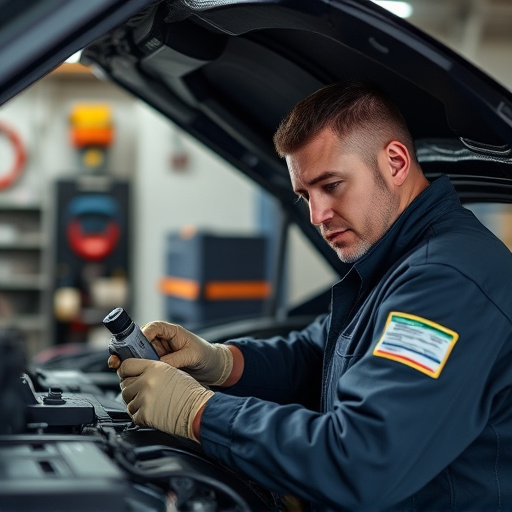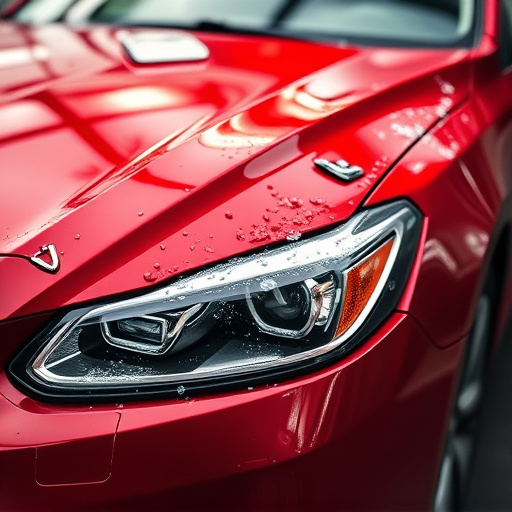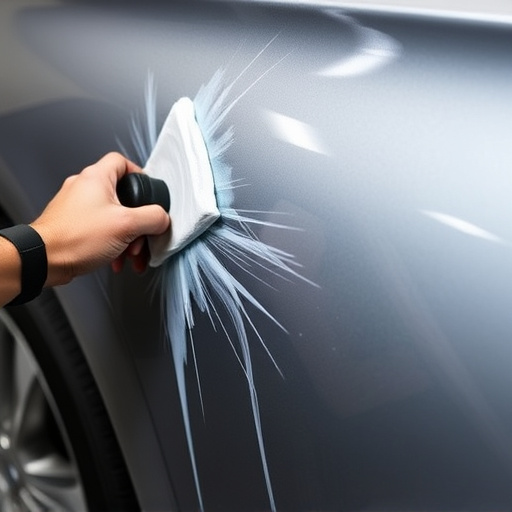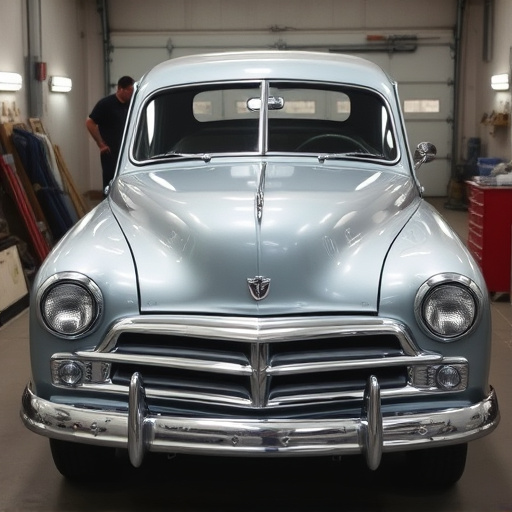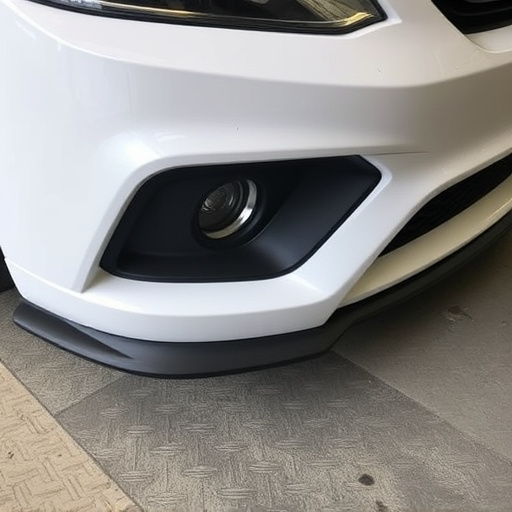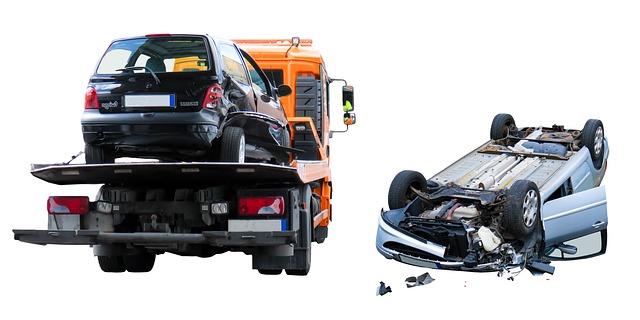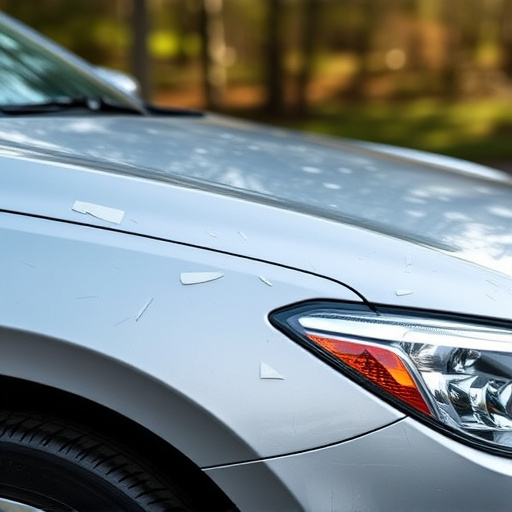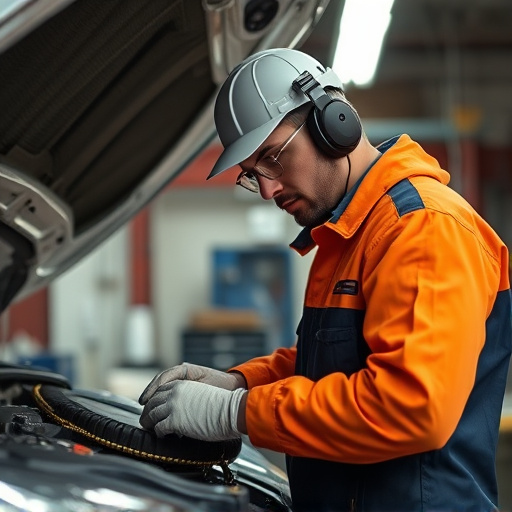Tesla's innovative suspension alignment system uses real-time sensor data to optimize vehicle handling, stability, and safety features like Autopilot, setting it apart from traditional auto repair. Unlike static measurements, this holistic approach dynamically adjusts camber, caster, and toe settings for tailored performance under various driving conditions, enhancing both handling dynamics and tire wear. The choice between Tesla suspension alignment or conventional wheel alignment depends on whether you prioritize optimal handling dynamics or even tire wear and fuel efficiency.
“In the world of automotive precision, understanding the nuances between Tesla’s suspension alignment and traditional wheel alignment is key for optimal vehicle performance. This article delves into the unique approach Tesla employs in its suspension system, contrasting it with conventional wheel alignment methods.
We’ll explore the key differences, benefits, and considerations surrounding these two techniques, helping folks make informed choices regarding their Tesla’s care and maintenance.”
- Understanding Tesla's Suspension Alignment: A Unique Approach
- Traditional Wheel Alignment vs. Tesla's System: Key Differences
- Benefits and Considerations: Why Choose One Over the Other?
Understanding Tesla's Suspension Alignment: A Unique Approach
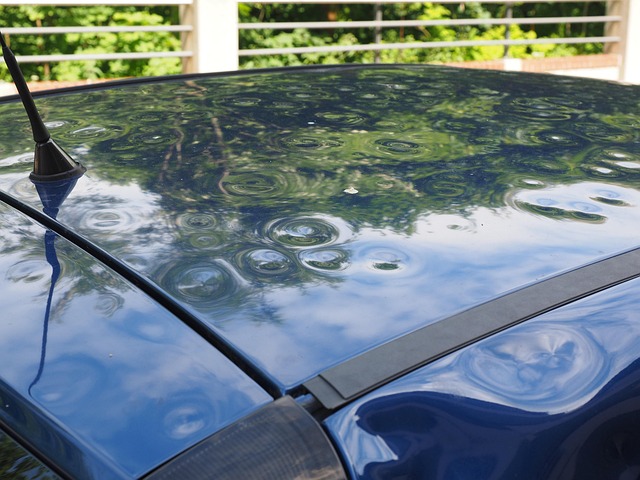
Tesla’s suspension alignment is a revolutionary concept that differs significantly from traditional wheel alignment methods. This unique approach focuses on optimizing the vehicle’s overall handling and stability, ensuring each component—from sensors to actuators—works in harmony for a seamless driving experience. Unlike conventional auto repair services that primarily address tire wear, Tesla’s system takes a more holistic view by considering the interplay of various suspension elements, including springs, dampers, and control modules.
By employing advanced sensor technology and real-time data analysis, Tesla vehicles can dynamically adjust their suspension settings to match driving conditions. This active alignment ensures optimal performance not just for smooth rides but also for enhanced safety features like Autopilot. Moreover, this innovative system reduces the need for frequent car dent repair, as it actively prevents impact-related damage by maintaining proper vehicle geometry. The result is a more responsive, safer, and better-performing car, setting Tesla apart in the auto repair services landscape.
Traditional Wheel Alignment vs. Tesla's System: Key Differences

In traditional wheel alignment, the focus is primarily on adjusting the angles of the wheels relative to each other and to the vehicle’s chassis. This process, often done at regular intervals or after significant impacts, ensures smooth tire wear and optimal handling. However, it typically doesn’t account for changes in the vehicle’s suspension geometry over time.
Tesla’s system, on the other hand, takes a more holistic approach by integrating data from various sensors within the car, including those monitoring the suspension and steering systems. This allows Tesla’s alignment process to dynamically adjust not just wheel angles but also suspension components like camber, caster, and toe settings. Unlike traditional methods relying on static measurements, Tesla’s system adapts to driving conditions and individual vehicle characteristics, offering a more responsive and nuanced solution. Think of it as bringing precision tuning directly to your Tesla’s bodywork services and frame straightening needs, ensuring not just wheel alignment but optimal suspension performance as well, from the collision repair shop straight to the road.
Benefits and Considerations: Why Choose One Over the Other?
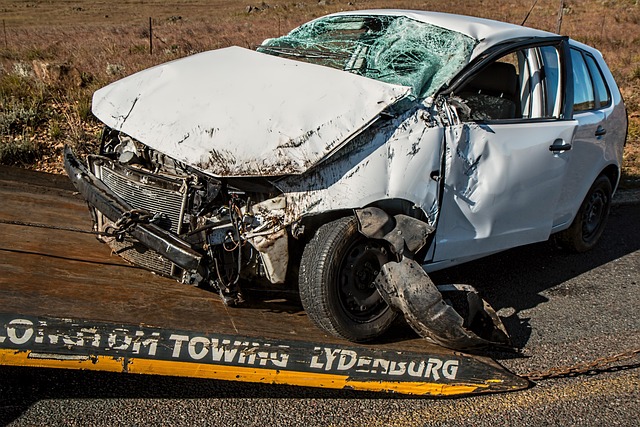
When it comes to ensuring optimal performance and handling for your Tesla, choosing between suspension alignment and wheel alignment can be a tough decision. Both play crucial roles in maintaining vehicle stability and safety, but they address different aspects of your car’s setup.
Suspension alignment focuses on the geometry and position of your Tesla’s suspension components, including springs, shocks, and control arms. This service is ideal for those seeking enhanced handling dynamics, improved cornering capabilities, and a more responsive ride. It’s particularly beneficial for modified vehicles or those with specialized driving needs. On the other hand, wheel alignment, also known as wheel tracking, ensures that your wheels are aligned perfectly with each other and your vehicle’s manufacturer-recommended specifications. This service is vital for maintaining proper tire wear, preventing uneven tire degradation, and enhancing fuel efficiency. Regular wheel alignments are recommended for all vehicles, especially those with frequent long-distance drives or unpredictable road conditions, as they contribute to the longevity of your vehicle’s bodywork and reduce the need for extensive collision repair services.
Tesla’s suspension alignment offers a revolutionary approach to vehicle handling, catering to the unique requirements of electric vehicles. By focusing on optimal component positioning rather than traditional wheel alignment, Tesla’s system enhances performance and stability, especially in dynamic driving conditions. While traditional wheel alignment remains a widely accepted standard, Tesla’s method provides a more comprehensive solution for addressing modern EV dynamics. Ultimately, the choice between the two depends on individual needs, with Tesla suspension alignment proving to be a game-changer for those seeking enhanced precision and control on the road.
